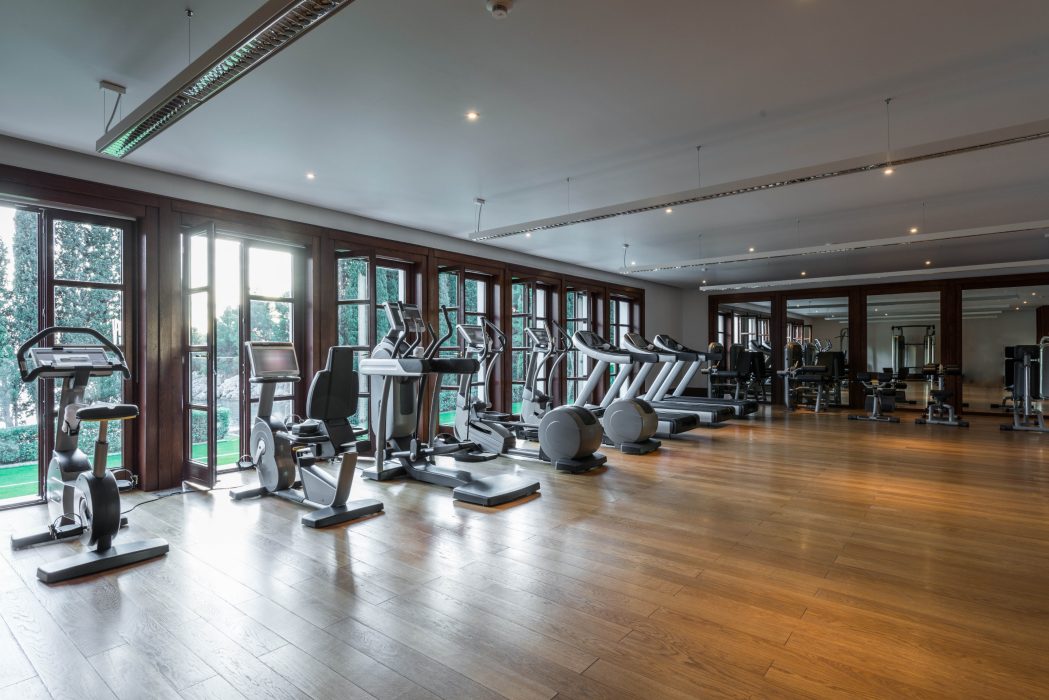
Energy-efficient gyms: sports facility and fitness centre improvements
Energy is usually the most significant operating cost in industrial and commercial facilities, particularly sporting facilities. Efficient, smart energy systems are essential for lowering costs and emissions.
Obsolete heat generators, inefficient boilers, outdated lighting systems and under-performing components may all have a major impact on overheads for energy-hungry businesses and widely used commercial activities, such as fitness centres.
What energy efficiency improvement means and why iit is necessary
Energy efficiency improvement is a set of measures to optimise energy use. Energy efficiency improvement measures aim to harmonise the relationship between energy requirements and pollutant emissions, while also reducing costs.
Tax incentives for different businesses and measures are one of the great advantages of investing in energy efficiency improvement.
Energy efficiency improvement should not be confused with energy saving, although they are similar concepts and often have the same solutions. Energy saving involves reducing the energy consumption required to run the business, but does not necessarily improve energy efficiency. Energy saving focuses on consuming less, while energy efficiency improvements reduce consumption by eliminating waste and improving the use of environmentally-friendly and low-cost energy supplies.
Discover the Related Range
Efficient solutions that reduce energy costs: for example, in a gym
Various types of measures are available: the real cost impact depends on the type of business or production. For example, heating water for the showers, and lighting are the main operating expenses of a gym.
The first step is for specialist technicians to perform a careful analysis of the underlying costs, to reveal which measures will provide the greatest technical and/or financial benefits. This assessment should be carried out by an Energy Management Expert or Energy Service Company as part of an Energy Audit.
Replacing the boiler or introducing LED light bulbs is not always enough: it may be more cost-effective to redesign the heating and lighting systems using new thermal and lighting engineering criteria.
Solutions that improve the efficiency of sports facilities
The following measures are an example of the energy efficiency improvements often recommended by energy audits:
- Heating system upgrade or replacement, which can involve changing the type of fuel used and the installation of efficient generators and inverters. Such measures generally cut bills by up to 30%.
- Lighting system redesign using natural light sources and LED technology. Measures of this type generally reduce overall electricity costs by 3-5%.
- Installation of photovoltaic and solar-thermal panels, and the use of renewable sources. Here, energy savings can only be defined on a case-by-case basis.
- Installation of intelligent monitoring, control and automation systems. Smart management maintains the highest levels of energy efficiency and increases site security. Building automation enables the installation of access control systems in gyms and spas, and, for example, automatic temperature adjustment according to the number of people present in the various areas, including changing rooms.
Energy efficiency improvement in sports facilities, as well as in industrial and commercial facilities more generally, is extremely important as it ensures a better result, using less energy than with other systems and thereby creating competitive advantages.
Discover the Related Range
Trending Topics
Show other categories































